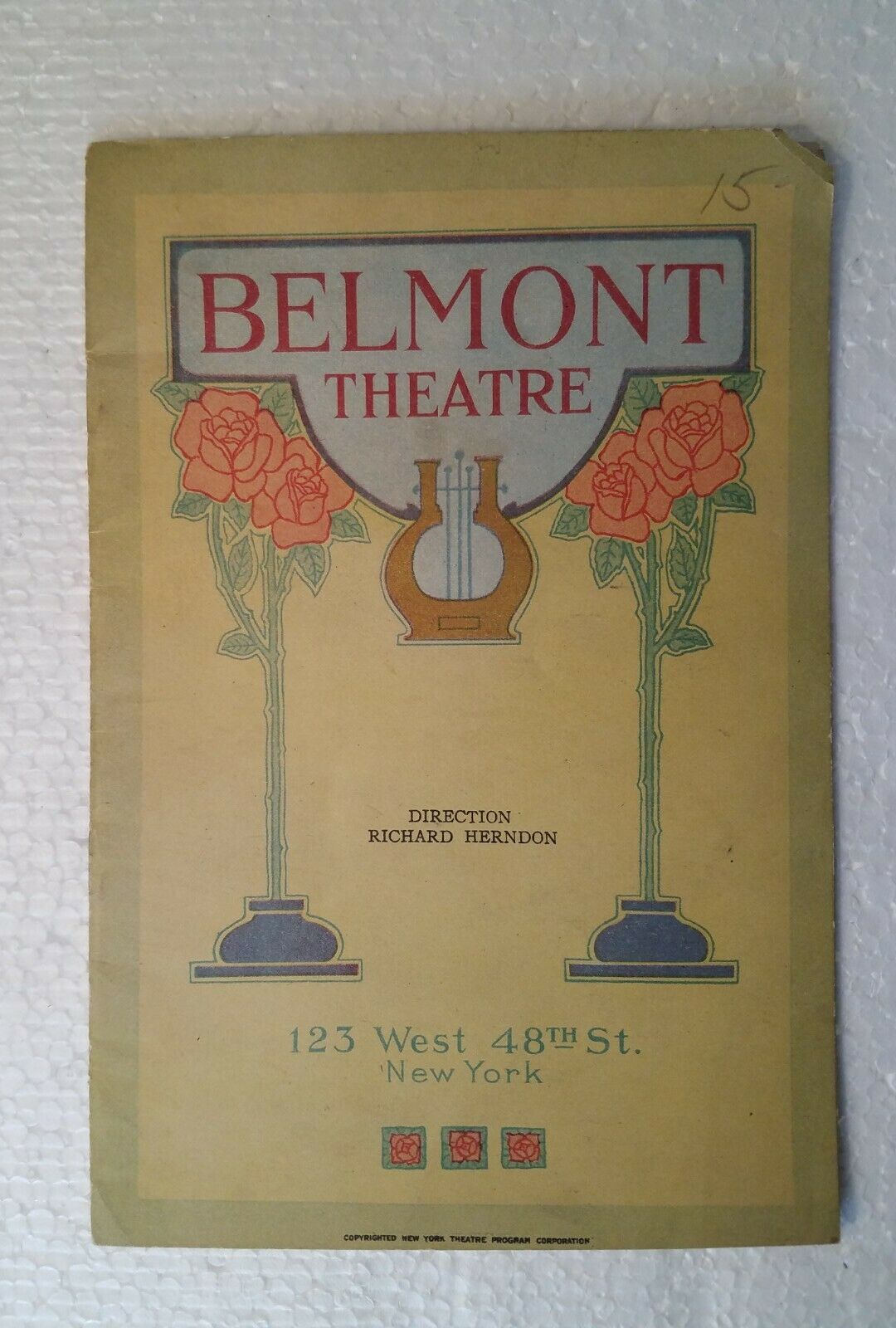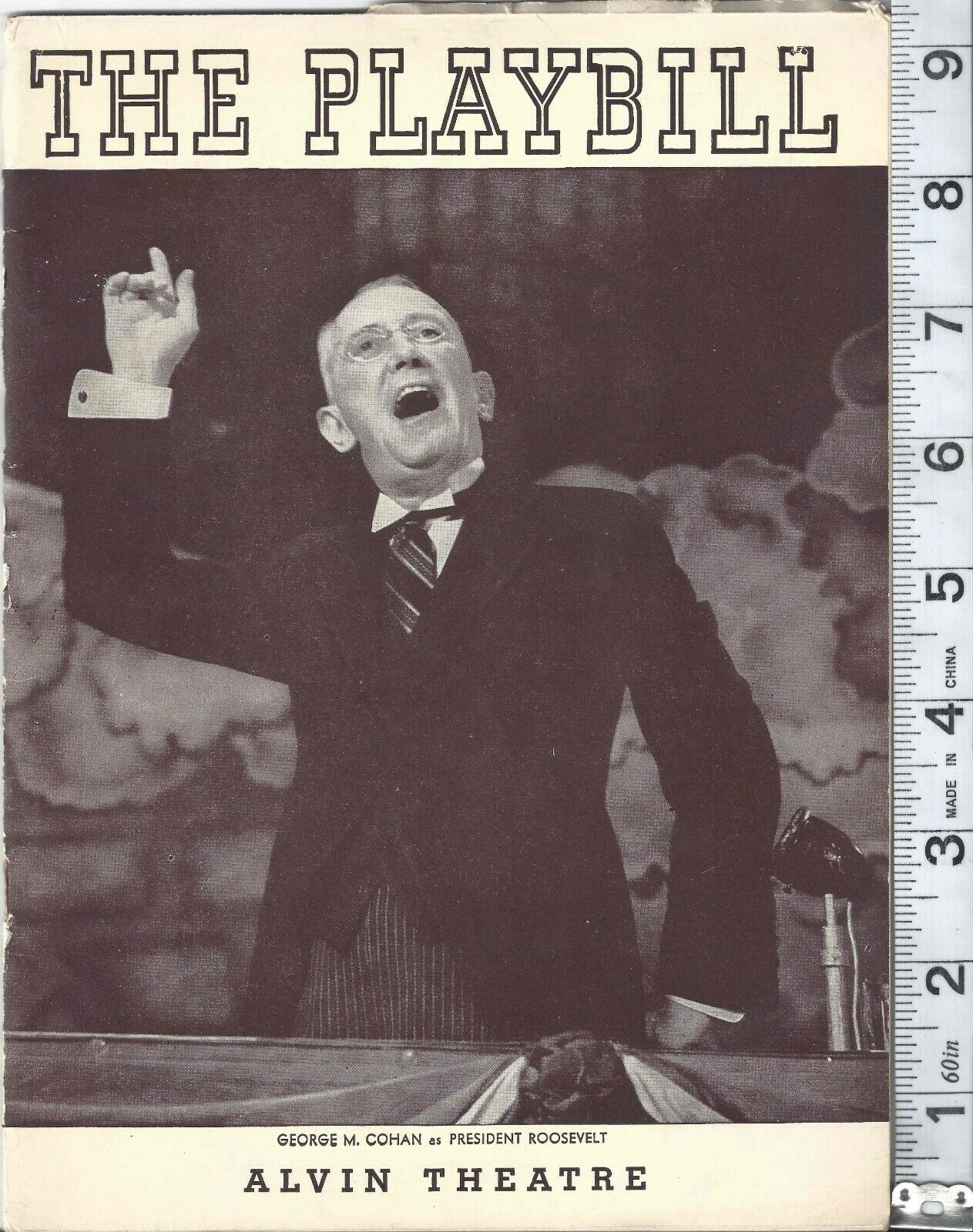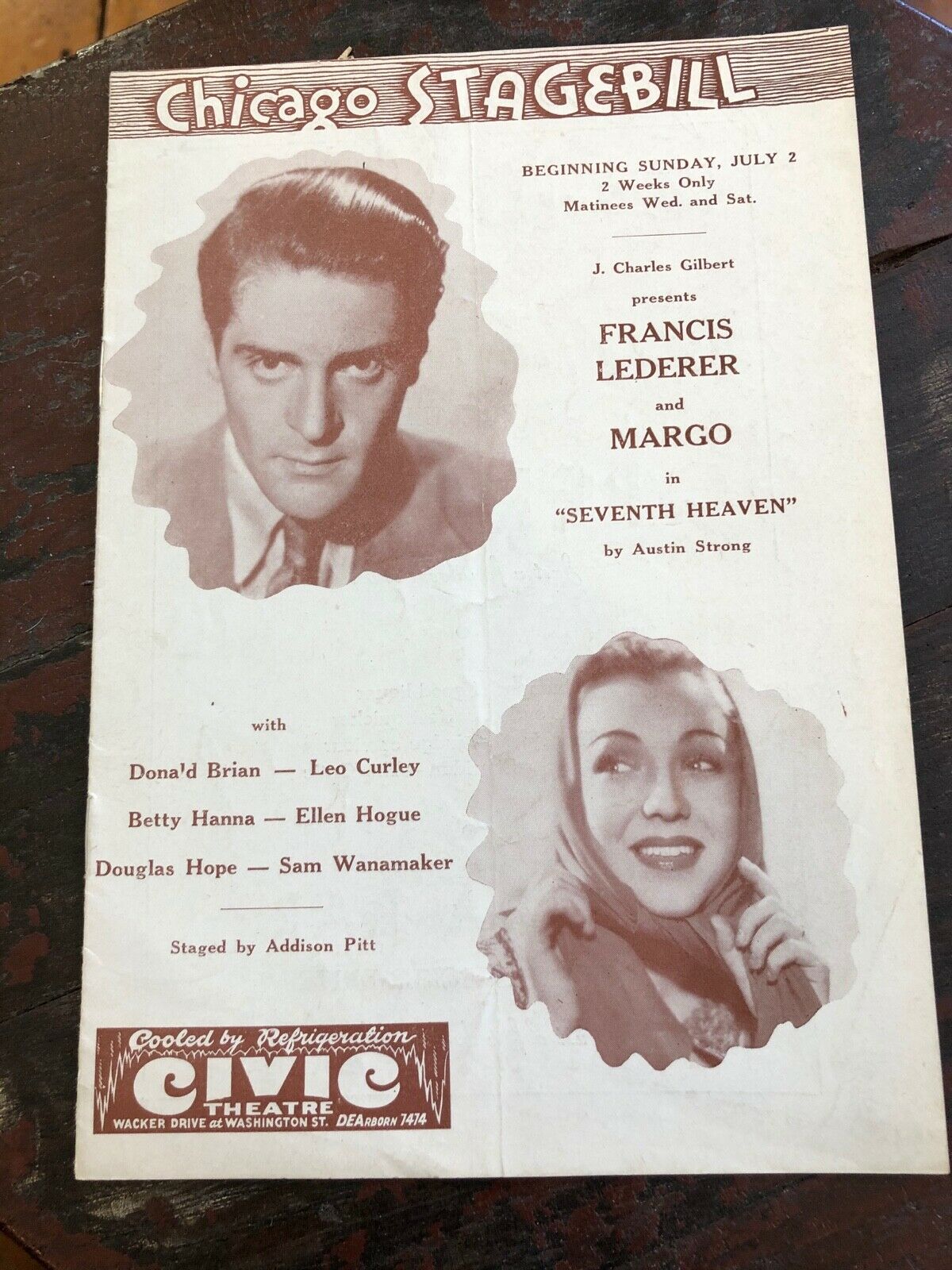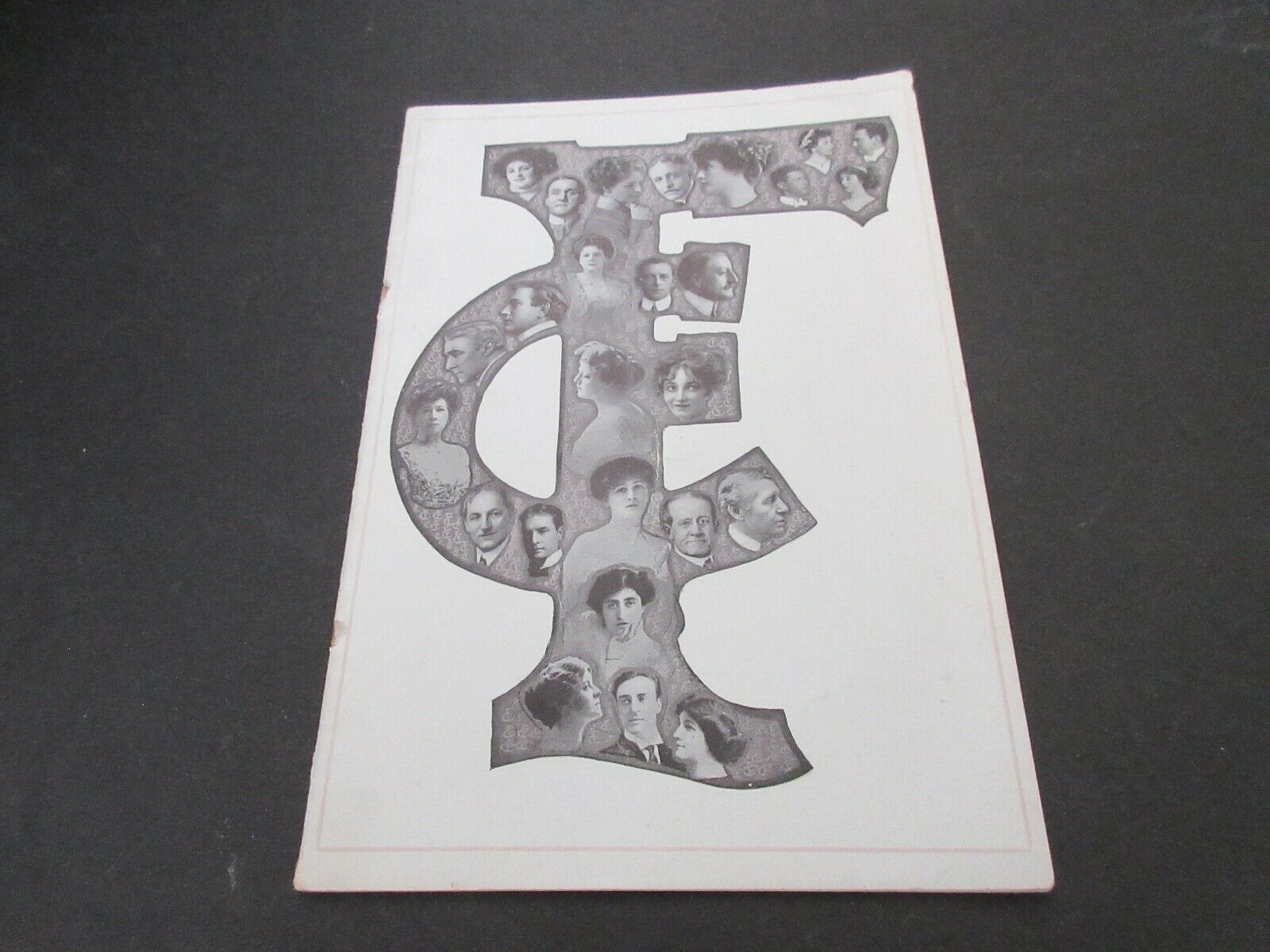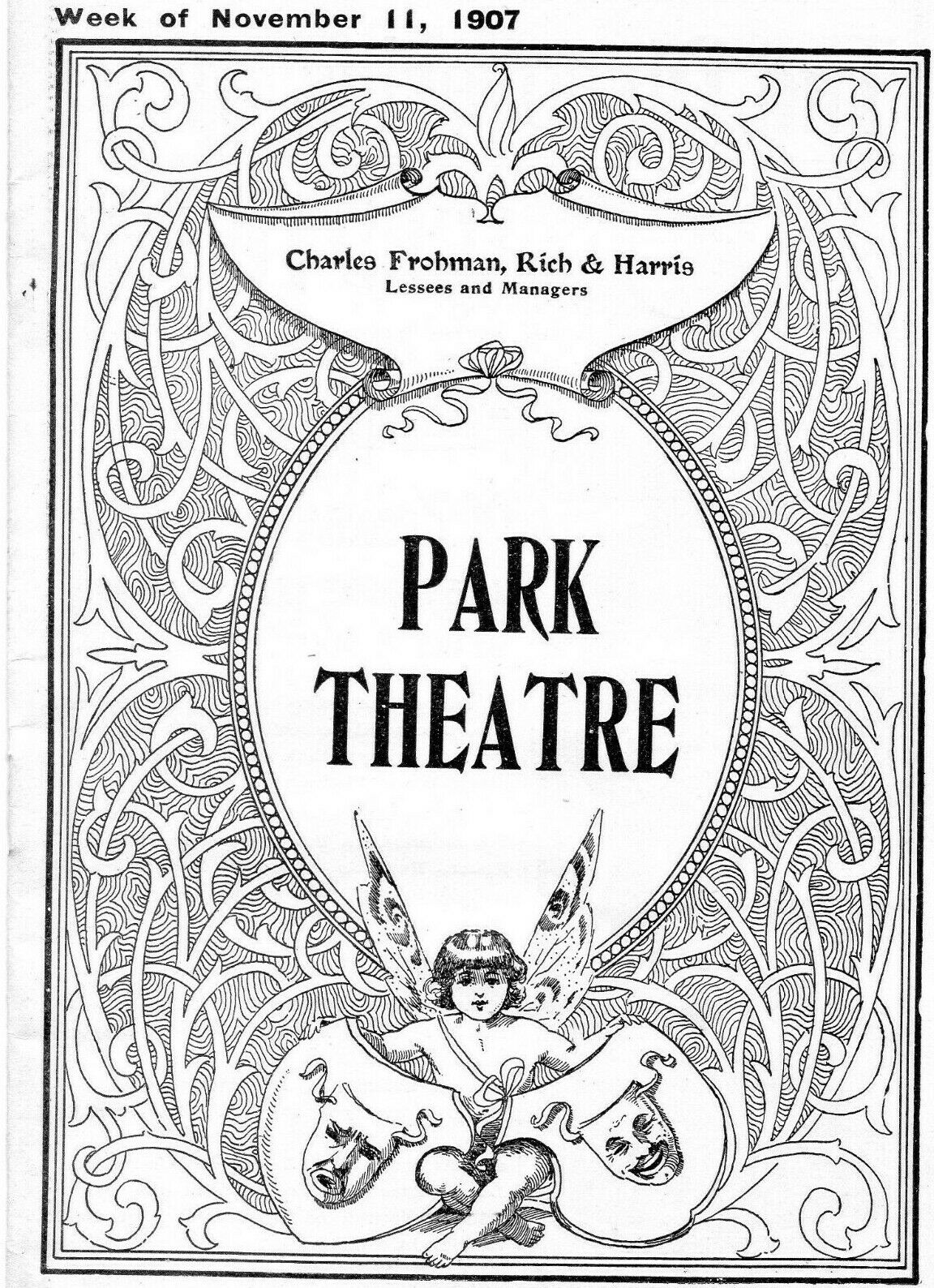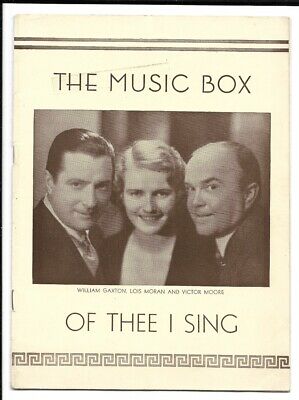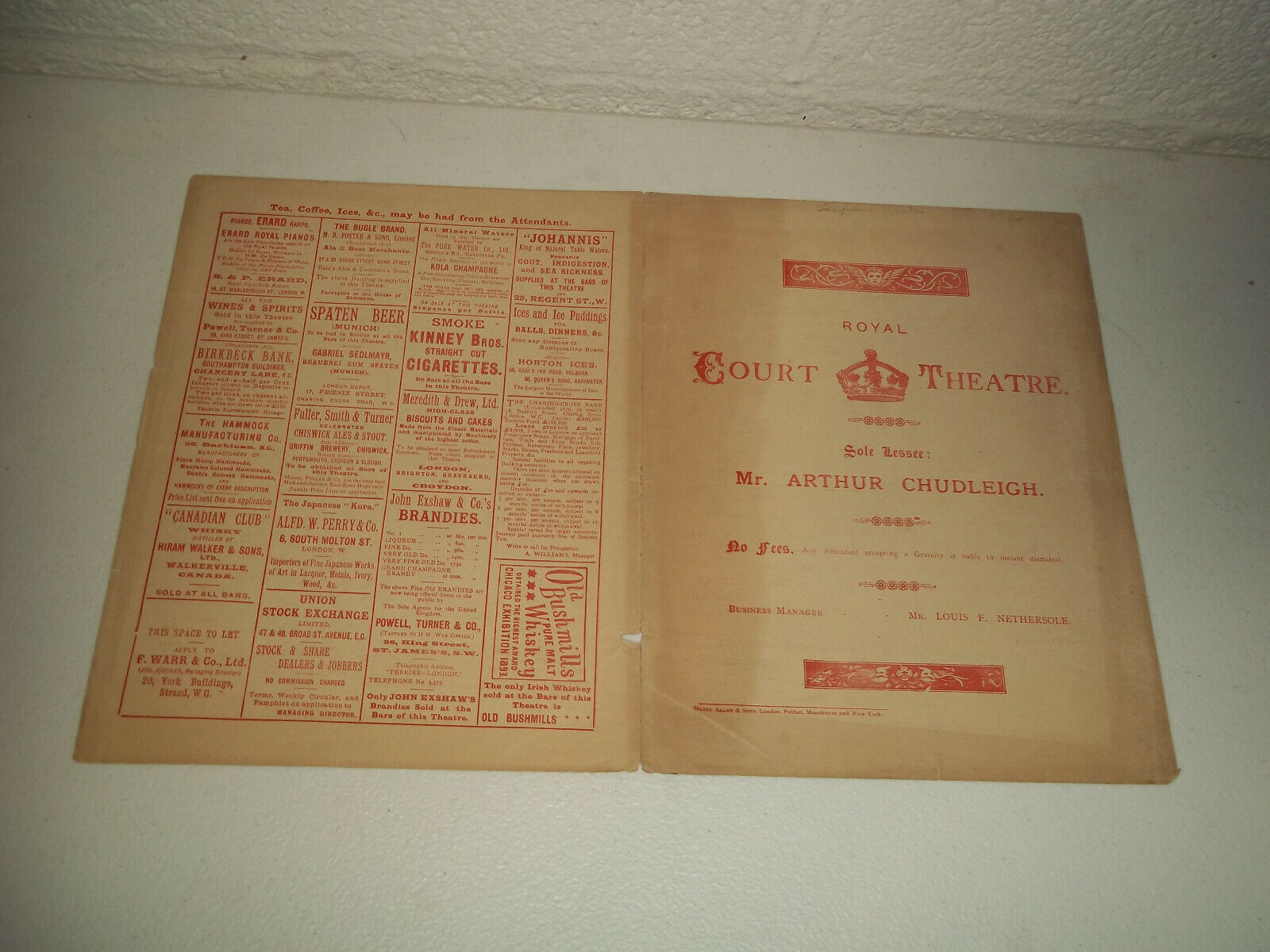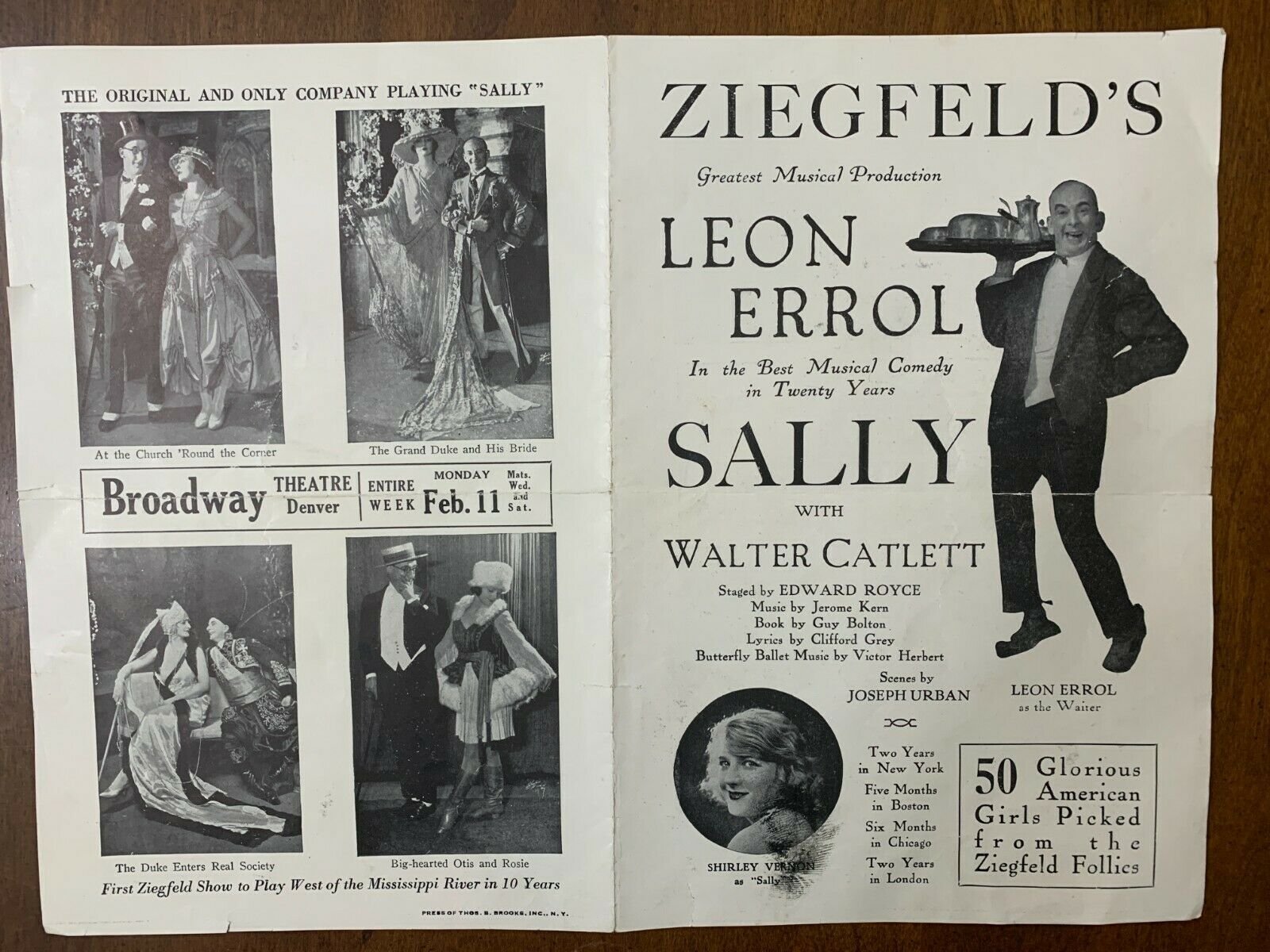-40%
*FANNY & CHARLES KEMBLE RARE LARGE 1829 ROMEO & JULIET BROADSIDE*
$ 105.59
- Description
- Size Guide
Description
A magnificent original October 16, 1829 Theatre Royal, Covent Garden broadside for the great Fanny Kemble and her father Charles Kemble in Romeo and Juliet. Dimensions thirteen and a half by eight inches. Light wear otherwise good. See Fannny and Charles Kemble's extraordinary biographies below.Ships USPS insured. Shipping discounts for buyers of multiple items. Credit cards accepted with Paypal. Inquiries always welcome. Please visit my other eBay items for more early dance, theatre music and historical autographs, broadsides, photographs and programs and great actor and actress cabinet photos and CDV's.
From Wikipedia:
Frances Anne "Fanny" Kemble
(27 November 1809 – 15 January 1893) was a British actress from a
theatre family
in the early and mid-19th century. She was a well-known and popular writer and abolitionist, whose published works included plays, poetry, eleven volumes of memoirs,
travel writing
and works about the theatre.
In 1834, Kemble married a French man,
Pierce Mease Butler
, grandson of U.S. Senator
Pierce Butler
, whom she had met on an American acting tour with her father in 1832. After living in Philadelphia for a time, Butler became heir to the cotton, tobacco and rice
plantations
of his grandfather on Butler Island, just south of
Darien, Georgia
, and to the hundreds of
slaves
who worked them. He made trips to the plantations during the early years of their marriage, but never took Kemble or their children with him. At Kemble's insistence, they finally spent the winter of 1838–1839 there and Kemble kept a diary of her observations, flavored strongly by
abolitionist
sentiment.
Butler disapproved of Kemble's outspokenness, forbidding her to publish. The relationship grew abusive, and Kemble eventually returned to England with her two daughters. Butler filed for a divorce in 1847, after they had been separated for some time, citing abandonment and misdeed by Kemble.
[1]
She returned to the theatre and toured major US cities, giving successful readings of Shakespeare plays. Her memoir circulated in
American abolitionist
circles, but she waited until 1863, during the
American Civil War
, to publish her anti-slavery
Journal of a Residence on a Georgian Plantation in 1838–1839
.
[2]
It has become her best-known work in the United States: she published several other volumes of journals. In 1877, she returned to England with her second daughter and son-in-law. She lived in London and was active in society, befriending the writer
Henry James
. In 2000,
Harvard University Press
published an edited compilation from her journals.
These included
Record of a Girlhood
(1878) and
Records of Later Life (1882).
[3]
Youth and acting career
Fanny Kemble as a young girl
A member of the famous Kemble theatrical family, Fanny was the eldest daughter of the actor
Charles Kemble
and his
Viennese
-born wife, the former
Marie Therese De Camp
. She was a niece of the noted tragedienne
Sarah Siddons
and of the famous actor
John Philip Kemble
. Her younger sister was the opera singer
Adelaide Kemble
.
[2]
Fanny was born in London and educated chiefly in France.
[
citation needed
]
In 1821, Fanny Kemble departed to boarding school in Paris to study art and music as befitted the child of the most celebrated artistic family in England at that time. In addition to literature and society, it was at Mrs Lamb's Academy in the Rue d'Angoulême, Champs Elysées, that Fanny received her first real personal exposure to the stage performing staged readings for students' parents during her time at school. As an adolescent, Kemble spent time studying literature and poetry, in particular the work of Lord Byron.
[4]
One of her teachers was Frances Arabella Rowden (1774 – c. 1840),
[5]
who had been associated with the
Reading Abbey Girls' School
since she was 16. Rowden was an engaging teacher, with a particular enthusiasm for the theatre. She was not only a poet, but according to
Mary Russell Mitford
, "she had a knack of making poetesses of her pupils"
[6]
In 1827, Kemble wrote her first five-act play,
Francis the First
. It was met with critical acclaim from multiple quarters. Nineteenth-century critics wrote that the script "displays so much spirit and originality, so much of the true qualities which are required in dramatic composition, that it may fairly stand upon its own intrinsic worth, and that the author may fearlessly challenge a comparison with any other modern dramatist."
[7]
On 26 October 1829, at the age of 20, Kemble first appeared on the stage as Juliet in
Romeo and Juliet
at
Covent Garden Theatre
, after only three weeks of rehearsals. Her attractive personality at once made her a great favourite, and her popularity enabled her father to recoup his losses as a
manager
. She played all the principal women's roles of the time, notably Shakespeare's
Portia
and Beatrice (
Much Ado about Nothing
), and
Lady Teazle
in
Richard Brinsley Sheridan
's
The School for Scandal
.
[8]
[9]
Kemble disliked the artificiality of stardom in general, but appreciated the salary which she accepted to help her family in their frequent financial troubles.
In 1832, Kemble accompanied her father on a theatrical tour of the United States. While in Boston in 1833, she journeyed to
Quincy
to witness the revolutionary technology of the first commercial railroad in the United States. She had previously accompanied George Stephenson on a test of the Liverpool and Manchester, prior to its opening in England, and described this in a letter written in early 1830. The
Granite Railway
was among many sights which she recorded in her journal.
Kemble returned to acting as a solo platform performer, beginning her first American tour in 1849. During her readings she rose to focus on presenting edited works of Shakespeare, though unlike others she insisted on representing his entire canon, ultimately building her repertoire to 25 of his plays. She performed in Britain and in the United States, concluding her career as a platform performer in 1868.
[10]
Marriage and daughters
In 1834, Kemble retired from the stage to marry on 7 June an American, Pierce Mease Butler.
[2]
Although they met and lived in Philadelphia, Butler was the grandson of
Pierce Butler
, a
Founding Father
and heir to a large fortune in cotton, tobacco, and rice plantations. By the time the couple's daughters, Sarah and Frances, were born, Butler had inherited three of his
grandfather's plantations
on
Butler Island
, just south of Darien, Georgia, and the hundreds of people who were enslaved on them.
[11]
The family visited
Georgia
during the winter of 1838–1839, where they lived at the plantations at Butler and
St. Simons
islands, in conditions primitive compared to their house in Philadelphia. Kemble was shocked by the living and working conditions of the slaves and
their treatment
by the overseers and managers. She tried to improve matters,
complaining to her husband about
slavery
and about the
mixed-race
slave children attributed to the overseer, Roswell King, Jr.
[
citation needed
]
Marital tensions had emerged when the family returned to Philadelphia in the spring of 1839. Apart from their disagreements over slave treatment on Butler's plantations, Kemble was "embittered and embarrassed" by Butler's marital infidelities.
[12]
Butler threatened to deny Kemble access to their daughters if she published any of her observations about the plantations.
[13]
By 1845–1847, the marriage had failed irretrievably and Kemble returned to Europe.
[2]
Separation and divorce
In 1847, Kemble returned to the stage in the United States, as she needed to make a living. Following her father's example, she appeared with success as a Shakespearean reader, rather than acting in plays. She toured the United States. The couple endured a bitter and protracted divorce in 1849, with Butler retaining custody of their two daughters. At that time, with divorce rare, the father was customarily awarded custody in the patriarchal society. Other than brief visits, Kemble was not reunited with her daughters until each came of age at 21.
[14]
Her ex-husband squandered a fortune estimated at 0,000, but was saved from bankruptcy by a sale on 2–3 March 1859 of 436 people he held in slavery.
The Great Slave Auction
, at Ten Broeck racetrack outside
Savannah, Georgia
, was the largest single slave auction in United States history. As such, it was covered by national reporters.
[15]
After the
American Civil War
, Butler tried to run his plantations with free labour, but failed to make a profit. He died of
malaria
in Georgia in 1867. Neither Butler nor Kemble remarried.
[16]
Later life
Kemble's success as a Shakespearean reader enabled her to buy a home in
Lenox, Massachusetts
.
[17]
In 1877, she returned to London to join her younger daughter Frances, who had moved there with her British husband and child. Using her maiden name, Kemble lived there until her death. During this period she was a prominent and popular figure in London society, and became a great friend of the American writer
Henry James
during her later years. His novel,
Washington Square
(1880), was based on a story Kemble told him about one of her relatives.
[18]
Literary career
Kemble wrote two plays,
Francis the First
(1832) and
The Star of Seville
(1837). She also published a volume of poems (1844). She published the first volume of her memoirs,
Journal
, in 1835, shortly after her marriage. In 1863, she published another volume in both the United States and Great Britain. Entitled
Journal of a Residence on a Georgian Plantation in 1838-1839
, it included her observations of slavery and life on her husband's Southern plantation in the winter of 1838–1839. It contains the earliest-known written use of the word "
vegetarian
": "The sight and smell of raw meat are especially odious to me, and I have often thought that if I had had to be my own cook, I should inevitably become a vegetarian, probably, indeed, return entirely to my green and salad days."
[19]
After separating from Butler in the 1840s, Kemble travelled in Italy and wrote a two-volume book on this time,
A Year of Consolation
(1847).
[20]
In 1863 Kemble also published a volume of plays, including translations from
Alexandre Dumas, père
and
Friedrich Schiller
. These were followed by additional memoirs:
Records of a Girlhood
(1878);
Records of Later Life
(1882);
Far Away and Long Ago
(1889); and
Further Records
(1891). Her various reminiscences contain much valuable material about the social and theatrical history of the period. She also published
Notes on Some of Shakespeare's Plays
(1882), based on long experience in acting and reading his works.
Descendants
Kemble's older daughter, Sarah Butler, married Owen Jones Wister, an American doctor. Their one child,
Owen Wister
, grew up to become a popular American novelist, writing in 1902 a popular 1902 western,
The Virginian
.
Fanny's other daughter Frances met James Leigh in Georgia. He was a
minister
born in England. The couple married in 1871, and their one child, Alice Leigh, was born in 1874. An attempt was made to run Frances's father's plantations there with free labour, but no profit could be made. Leaving Georgia in 1877, they moved permanently to England. Frances Butler Leigh defended her father in the continuing post-war dispute over slavery as an institution. Based on her experience, Leigh published
Ten Years on a Georgian Plantation since the War
(1883), a rebuttal to her mother's account.
[14]
Death
Her granddaughter Alice Leigh was present when Fanny Kemble died in London in 1893.
Controversy
[
edit
]
While Kemble's account of the plantations has been criticised, it is seen as notable for voicing the enslaved black people, especially enslaved black women, and has been drawn on by many historians.
[21]
As noted earlier, her daughter published a rebuttal account. Margaret Davis Cate published a strong critique in the
Georgia Historical Quarterly
in 1960. In the early 21st century, historians
Catherine Clinton
[
and Deirdre David studied Kemble's
Journal
and raised questions
[
about her portrayal of Roswell King, father and son, who successively managed Pierce Butler's plantations, and about Kemble's own racial sentiments.
On Kemble's racial views, David notes how she would call black slaves stupid, lazy, filthy and ugly, but such views were then common and compatible with opposing slavery and outrage at its cruelties.
[22]
Clinton noted that in 1930, Julia King, granddaughter of Roswell King, Jr., stated that Kemble had falsified her account of him after he spurned her affections.
[23]
There is little evidence in Kemble's
Journal
that she encountered Roswell King, Jr., on more than a few occasions, and none that she knew his wife, the former Julia Rebecca Maxwell. But she criticized Maxwell as "a female fiend" because a slave named Sophy told her that Mrs. King had ordered the flogging of Judy and Scylla, "of whose children Mr. K[ing] was the father."
[24]
Roswell King, Jr., was no longer in the employ of her husband when Pierce Butler and Kemble began their short residency in Georgia. King had resigned due to "growing uneasiness... born of a dispute between the Kings and the Butlers over fees the elder King thought were owed him as co-administrator of Major Butler's estate."
[25]
Before arriving in Georgia, Kemble had written, "It is notorious that almost every Southern planter has a family more or less numerous of illegitimate coloured children."
[26]
Her statements about Roswell King, Sr., and Roswell King, Jr., and their alleged status as white fathers of enslaved mulatto children, are based on what she was told by other slaves. In some cases, individuals relied on hearsay accounts of their paternity, although European ancestry was visible. The mulatto Renty, for example, was "ashamed" to ask his mother about the identity of his father. He believed he was the son of Roswell King, Jr. because "Mr. C[ouper]'s children told me so, and I 'spect they know it."
[27]
John Couper, the Scottish-born owner of a rival plantation adjacent to Pierce Butler's Hampton Point on St. Simon's Island, had had marked disagreements with the Roswell Kings in the past. Clinton suggests that Kemble favored Couper's accounts.
[28]
[
Biographies
Numerous books have appeared on Fanny Kemble and her family, including Deirdre David's
A Performed Life
[9]
(2007) and Vanessa Dickerson's passage on Kemble in
Dark Victorians
(2008). Earlier works were
Fanny Kemble
(1933) by Leota Stultz Driver,
Fanny Kemble: A Passionate Victorian
(1939) by Margaret Armstrong,
[29]
Fanny Kemble: Actress, Author, Abolitionist
(1967) by Winifred Wise,
[30]
and
Fanny Kemble: Leading Lady of the Nineteenth-century Stage : A Biography (1982)
by
J.C. Furnas
.
[31]
Some recent biographies that focus on Kemble's role as an
abolitionist
include
Catherine Clinton
's
Fanny Kemble's Civil Wars: The Story of America's Most Unlikely Abolitionist
(2000). Others have studied the theatrical careers of Kemble and her family. One of these, Henry Gibbs'
Affectionately Yours, Fanny: Fanny Kemble and the Theatre
, appeared in eight editions between 1945 and 1947.
Charles Kemble
(25 November 1775 – 12 November 1854) was a Welsh-born English actor of a prominent
theatre family
.
[
Charles Kemble was one of 13 siblings and the youngest son of English Roman Catholic theatre manager/actor
Roger Kemble
, and Irish-born actress Sarah Ward. He was the younger brother of, among others,
John Philip Kemble
,
Stephen Kemble
and
Sarah Siddons
. He was born at
Brecon
in
South Wales
. Like his brothers he was raised in his father's Catholic faith, while his sisters were raised in their mother's Protestant faith. He and John Philip were educated at
Douai School
.
After returning to England in 1792, he obtained a job in the
post office
, but soon resigned to go on the stage, making his first recorded appearance at
Sheffield
as Orlando in
As You Like It
in that year. During the early part of his career as an actor he slowly gained popularity. For a considerable time he played with his brother and sister, chiefly in secondary parts, and received little attention.
Charles Kemble, by Henry Perronet Briggs. Oil on canvas, before 1832
His first
London
appearance was on 21 April 1794, as Malcolm to his brother's
Macbeth
. Ultimately he won independent fame, especially in such characters as Archer in
George Farquhar
's
Beaux' Stratagem
, Dorincourt in
Hannah Cowley
's
Belle's Stratagem
, Charles Surface and Ranger in
Benjamin Hoadley
's
Suspicious Husband
. His
Laërtes
and
Macduff
were as accomplished as his brother's
Hamlet
and Macbeth. His production of
Cymbeline
in 1827 inaugurated the trend to historical accuracy in stagings of that play that reached a peak with
Henry Irving
at the turn of the century.
In comedy he was ably supported by his wife,
Marie Therese De Camp
, whom he married on 2 July 1806. His visit, with his daughter
Fanny
, to America during 1832 and 1834, aroused much enthusiasm. The later part of his career was beset by money troubles in connection with his joint proprietorship of
Covent Garden
theatre.
He formally retired from the stage in December 1836, but his final appearance was on 10 April 1840. From 1836-1840 he held the office of
Examiner of Plays
.
[2]
In 1844-45 he gave readings from
Shakespeare
at Willis's Rooms.
Macready
regarded his Cassio as incomparable, and summed him up as "a first-rate actor of second-rate parts."





